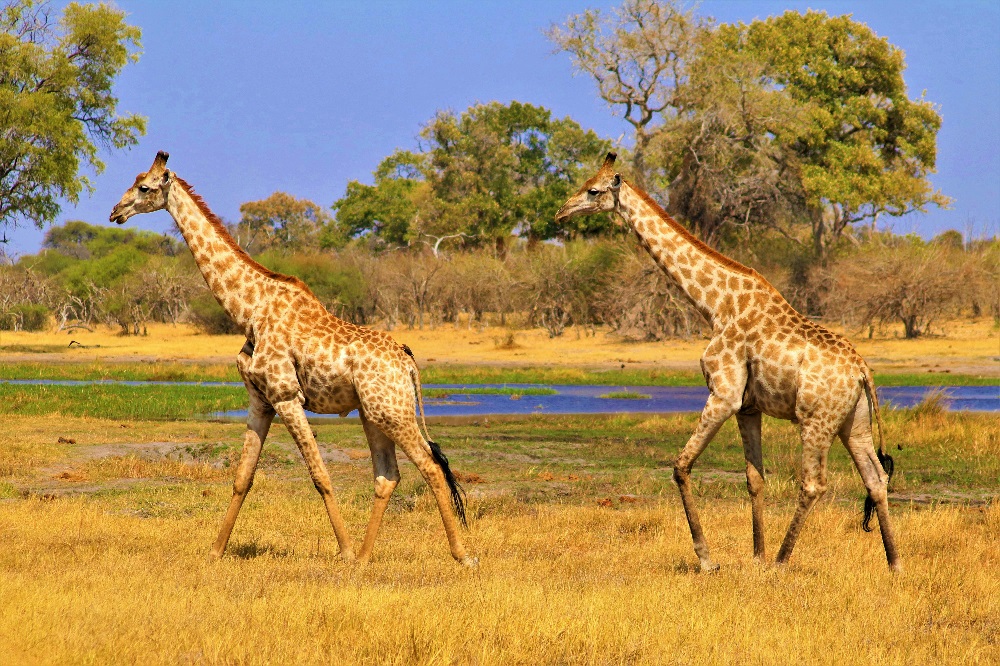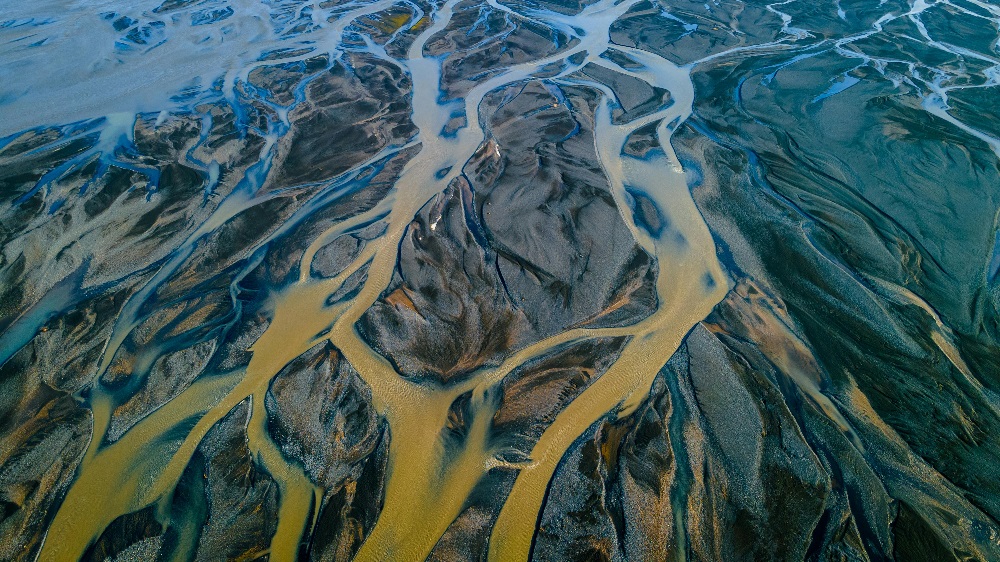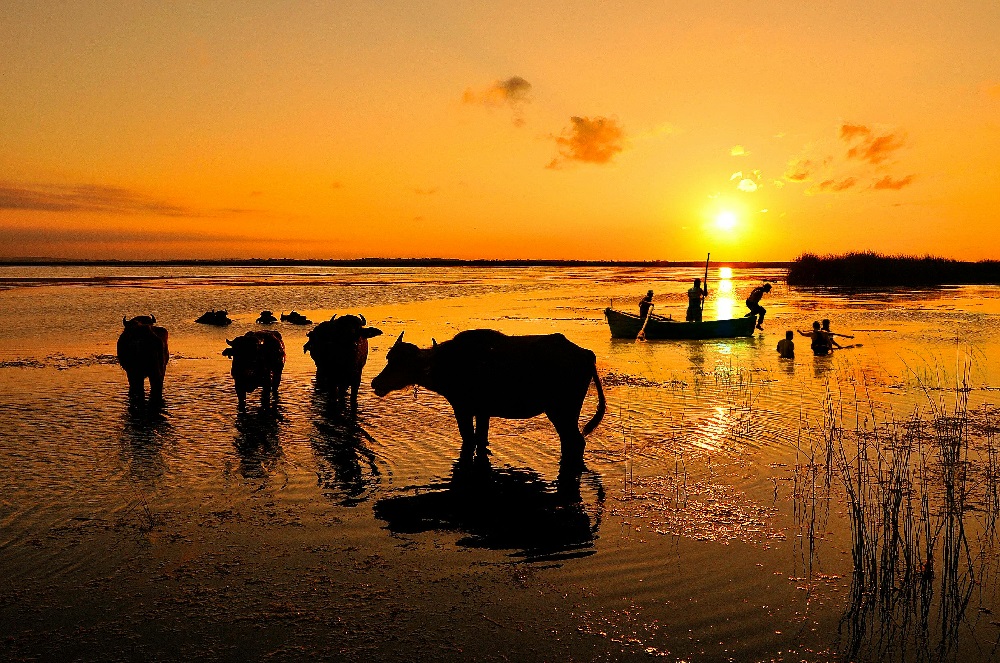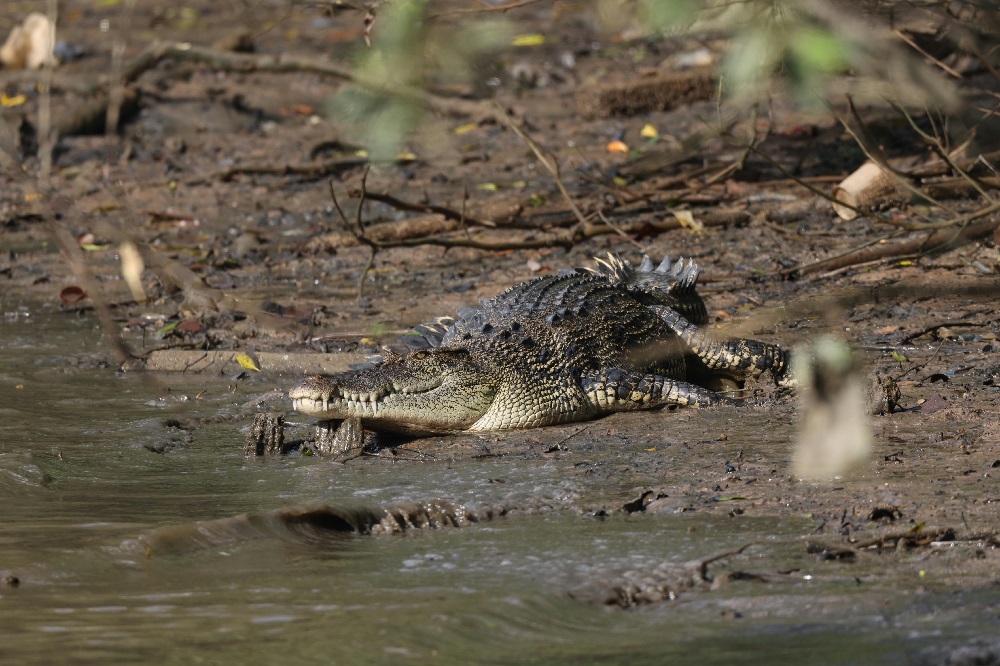The Okavango Delta in Botswana is one of Africa’s most enchanting wilderness areas, a sprawling oasis of waterways, floodplains, and islands that thrives in the middle of the Kalahari Desert. Choosing the right month to visit is crucial, as the delta’s ecosystem is deeply influenced by seasonal changes. The best months are often considered to be between May and September, when the annual floods from the Angolan highlands have reached their peak and the water channels are full, creating perfect conditions for mokoro rides and boat safaris. During these months, wildlife congregates in dense numbers around the water sources, making sightings more frequent and diverse. The cooler, dry season also offers comfortable temperatures for game drives and walking safaris. However, different months hold unique charms; the green season from November to April brings lush vegetation, vibrant birdlife, and fewer visitors, though some areas may be less accessible. Ultimately, the “best” month depends on what you want to experience — peak wildlife concentrations, dramatic landscapes, or solitude in nature.
Is It Safe to Swim in the Okavango Delta?
Swimming in the Okavango Delta is generally not recommended, and safety is the main reason. The delta is home to numerous wildlife species, including hippos and Nile crocodiles, both of which can be dangerous to humans. Even if the water looks calm and inviting, hidden dangers lurk beneath the surface. That said, some lodges and camps have small, secure channels or sandbanks where supervised swimming can be arranged, typically in shallow areas with good visibility and no large animals. In these rare controlled environments, guides will assess safety carefully before allowing guests into the water. While the allure of immersing yourself in the pristine waters is understandable, the safer way to enjoy them is from a mokoro canoe or motorboat, where you can admire aquatic life without putting yourself at risk. The Okavango’s magic lies not in swimming, but in gliding silently past lilies, reed beds, and grazing elephants as fish eagles call overhead.
What Should You Wear to the Okavango Delta?
The Okavango Delta’s climate can vary drastically between day and night, so packing clothing that is versatile and comfortable is key. During the dry season mornings and evenings, temperatures can be cool, so a light jacket, fleece, or sweater is essential for early game drives. By midday, the sun can be intense, so breathable, light-colored shirts and trousers made of natural fabrics like cotton or linen work best. Neutral tones such as khaki, olive, and beige help you blend into the environment and avoid attracting insects. A wide-brimmed hat, sunglasses, and high-SPF sunscreen are necessary for sun protection, and sturdy, closed shoes are important for walking safaris. In the wetter months, a lightweight waterproof jacket is a good addition, as sudden showers are common. Many travelers also bring a scarf or buff to protect against dust during dry season drives. Ultimately, clothing should be functional, comfortable, and suited to both the temperature and the activities you’ll enjoy.
Can You See the Big 5 in Okavango Delta?
Yes, the Okavango Delta is home to the Big 5 — lion, leopard, elephant, buffalo, and rhinoceros — although rhino sightings are rare compared to other members of the group. Lions and leopards are frequently spotted in certain regions, particularly in Moremi Game Reserve, which forms part of the Okavango ecosystem. Elephants are abundant, especially in the dry season when they gather in large herds around the channels. Buffalo are also common, often moving in impressive herds through the floodplains. Rhinos, however, are more elusive due to past poaching and conservation challenges; small populations have been reintroduced in protected areas, so sightings are possible but not guaranteed. Beyond the Big 5, the delta offers an exceptional variety of wildlife, from cheetahs and African wild dogs to sitatunga antelope and over 400 bird species, making it one of the most rewarding safari destinations in Africa.
What Time of Year Does the Okavango Delta Flood?
The Okavango Delta’s annual flood is one of the most fascinating natural phenomena in Africa. It begins as rainfall in the Angolan highlands several months earlier, with water slowly making its way down to Botswana. By May, the water starts entering the northern delta, and it reaches peak levels between June and August, even though these months are part of Botswana’s dry season. This unusual timing — high water during a period of little local rainfall — creates lush floodplains that attract vast numbers of animals. The slow rise and fall of the waters sustain the ecosystem, providing grazing for herbivores and hunting grounds for predators. Visiting during peak flood offers a chance to explore the labyrinth of channels by mokoro and witness animals navigating through a water-filled wonderland. The retreat of the waters in October and November marks the start of the green season, when fresh rains begin to fall locally.
What Is the Most Popular Okavango Delta Attraction?
The most iconic attraction in the Okavango Delta is undoubtedly the mokoro ride — a traditional dugout canoe journey through the delta’s winding waterways, guided by experienced polers. This serene mode of travel allows you to glide silently past reed beds, water lilies, and aquatic wildlife such as red lechwe and tiny painted reed frogs. Other top attractions include Moremi Game Reserve, known for its predator sightings, and Chief’s Island, a renowned wildlife hotspot often referred to as the “predator capital of the world.” For birdwatchers, the delta is a paradise, especially during the breeding season when migratory species arrive in huge numbers. Many visitors also seek out seasonal activities like walking safaris, motorboat excursions, and scenic flights over the delta’s mosaic of water and land. Each experience offers a different perspective of this UNESCO World Heritage Site.
What Is the Closest City to the Okavango Delta?
The closest major city to the Okavango Delta is Maun, often called the gateway to the delta. Maun is the hub for flights, road transfers, and supply logistics, making it the starting point for most safaris in the region. While Maun itself has a modest urban feel with shops, markets, and a few hotels, its main appeal is as a launching pad for adventures into the wilderness. From Maun, travelers can take light aircraft to remote camps and lodges, providing an aerial introduction to the delta’s breathtaking scenery. The city also offers cultural experiences, such as visiting local craft markets or learning about the traditions of the Bayei and Hambukushu people, who have lived alongside the delta for generations.
How Deep Is the Okavango Delta?
The Okavango Delta is relatively shallow, with depths varying greatly depending on the season and location. In many floodplains, the water is less than a meter deep, making it perfect for mokoro navigation. Some main channels and lagoons may reach depths of two to three meters, particularly during peak flood. The shallow nature of the delta allows plants like papyrus and reeds to flourish, creating rich habitats for fish, amphibians, and birds. These varying depths also influence animal movements; elephants are adept at wading through deeper sections, while antelope like red lechwe prefer shallower floodplains where they can easily feed and escape predators. The seasonal changes in water levels mean that some areas that are accessible by boat in July may be dry land by November.
How Do Safaris in Botswana Work?
Safaris in Botswana, especially in the Okavango Delta, are designed to provide immersive and often exclusive wildlife experiences. The country follows a high-value, low-impact tourism model, meaning that visitor numbers are kept low to preserve the environment and ensure uncrowded sightings. Many camps and lodges are located in private concessions, allowing for activities that are restricted in national parks, such as night drives, off-road tracking, and walking safaris. Access to these camps is typically via small planes from Maun or Kasane, and once there, all activities are guided by trained professionals who know the land intimately. Game drives, boat trips, and mokoro excursions are the primary ways to explore, often scheduled in the early morning and late afternoon to coincide with peak wildlife activity. The combination of remote locations, luxurious yet eco-friendly accommodations, and expert guiding creates a safari experience that is both comfortable and adventurous.
Where to Start in the Okavango Delta?
Most journeys into the Okavango Delta begin in Maun, but where you start exploring within the delta depends on your chosen activities and interests. Chief’s Island is a prime starting point for those focused on big game viewing, while the Panhandle in the northwest is perfect for fishing and birdwatching. The central delta’s mosaic of lagoons and floodplains offers classic mokoro routes, while the eastern edges near Moremi Game Reserve provide a mix of land and water safaris. Many travelers combine multiple areas by flying between camps, ensuring they experience different habitats and wildlife. Working with an experienced safari operator can help tailor an itinerary that starts in the right location for your goals, whether it’s photography, adventure, or relaxation.
Does the Okavango Delta Have Crocodiles?
Yes, Nile crocodiles are common residents of the Okavango Delta, thriving in its waterways and lagoons. These ancient reptiles are a vital part of the ecosystem, playing a role in controlling fish populations and providing food for scavengers. While they are fascinating to observe from a safe distance, they can be dangerous, so swimming is avoided except in carefully chosen, safe locations. Crocodiles are most active in warmer months, often basking on riverbanks or lying motionless just beneath the water’s surface, waiting for prey. Visitors on boat or mokoro excursions often spot them, and skilled guides ensure encounters remain safe.
How Cold Does It Get in the Okavango Delta?
The Okavango Delta experiences significant temperature fluctuations. In the dry season, particularly from May to August, mornings and evenings can be surprisingly chilly, with temperatures dropping to as low as 5°C (41°F). Midday, however, warms up to comfortable levels around 25°C (77°F). The green season from November to March is warmer overall, with higher humidity and occasional heavy rains, but nights remain milder. These changes in temperature affect wildlife activity and the comfort of travelers, making layered clothing an essential part of any safari packing list.
Where to Fly Into for Okavango Delta?
The main gateway for the Okavango Delta is Maun International Airport, which connects to Johannesburg, Cape Town, and Gaborone via regional flights. From Maun, light aircraft transfers take visitors to various lodges and camps within the delta, offering breathtaking aerial views of the waterways. For those approaching from the north, Kasane International Airport is another entry point, particularly for itineraries that include Chobe National Park before heading into the delta. Flying into Maun remains the most direct route, and the experience of soaring over the intricate channels and islands before landing in the heart of the wilderness is an unforgettable start to any Okavango adventure.





